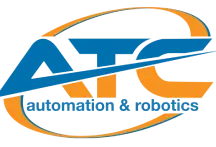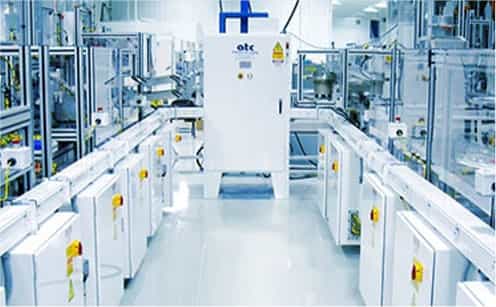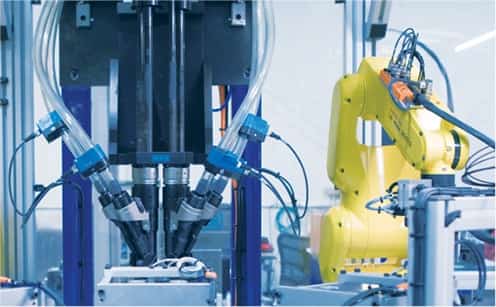Fastening
Fastening is a hardware device that mechanically joins or affixes two or more objects together. In general, fasteners are used to create non-permanent joints. Fastening is an essential part of most automation systems. A key trend is evidenced by an expanding category of fasteners offering specific functional permanence. These types can be installed permanently and then mated with minimal loose hardware to complete attachment. They replace traditional permanent joining methods, such as adhesives, rivets, and welding, which inherently disallow component disassembly.
Whether combining large metal castings or small intricate precision components, efficient fastener handling, manipulation and joining control is essential in automation.
In the electronics industry, concerns of damage to printed circuit boards during fastener installation in the final stages of manufacture have contributed to advanced surface mounting of the fasteners allowing the integrity of boards to be maintained, secondary operations are eliminated, the assembly process is streamlined.
One of the biggest trends in fastening technology is smaller parts. Compact designs for components inherently shrink the “real estate” available to place and install hardware. Miniature fastener types and styles have evolved to fit effectively in the increasingly restrictive design envelopes encountered in industries ranging from Medical Device, Electronics to Automotive and Aerospace.
As parts get smaller, innovative delivery systems and automation have arrived to make handling and installation easier. From the newest motor assembly to the most intricate surgical device, Fastening and its flow ensures that components can be turned into assemblies that guarantees an assembly solution will not choke off critical uptime or contribute to costly damage.
Loose screws have especially presented problems over the years. When workers must insert small screws by hand or when each screw must be handled and fed one at a time into conventional semi-automated power fastening tools, productivity rates suffer and associated costs rise. Conventional screw-insertion methods have failed in assuring proper seating torque for small screws will be achieved consistently and accurately. ATC can provide a fully automated assembly solution.
There are many solutions that are tried and true and new flexible solutions that deal with the complexities in the market today. Pairing Fastening technology with ATCs custom Automation Solutions are a winning combination.
ATC Automation for over 40 years of delivering custom solutions leverages its experience along with its partners to provide technologically leading solutions that ensure the backbone of the custom equipment is linked together in support and harmony.




